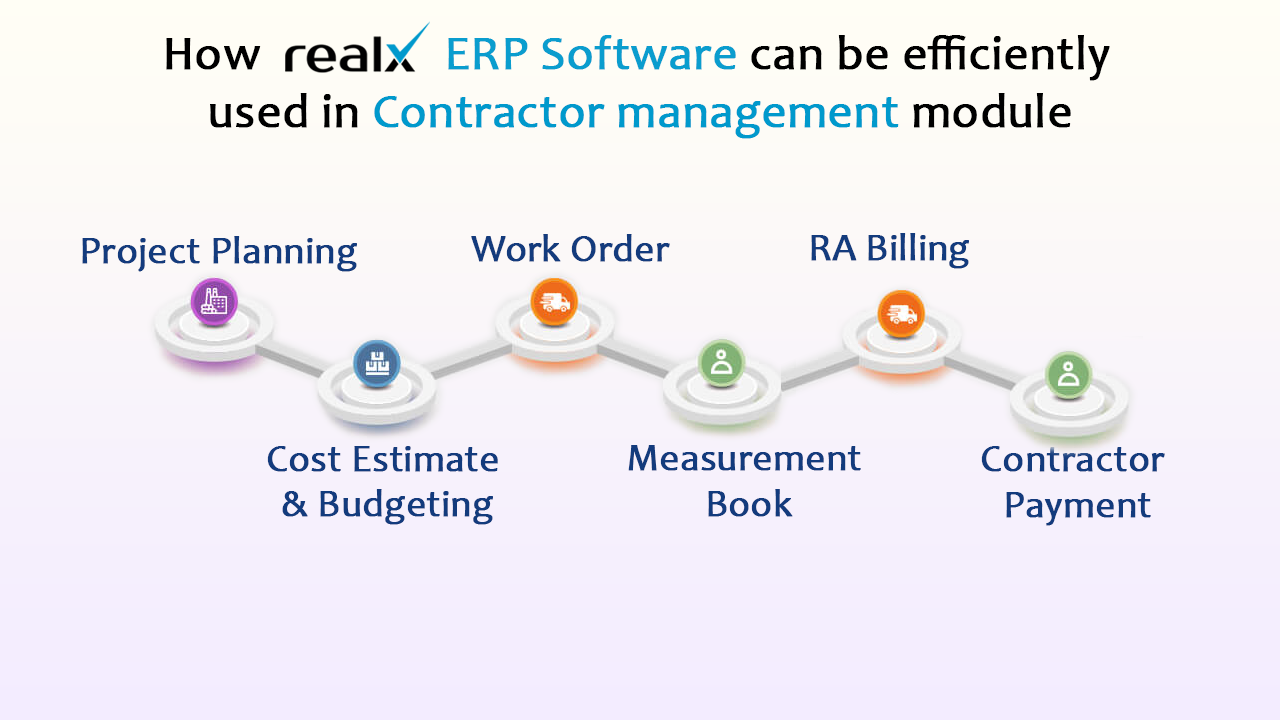Now, before you glaze over, thinking this sounds like some dry, technical jargon, hear me out. This isn’t just about software; it’s about peace of mind, saving money, reducing stress, and frankly, getting back precious hours that used to vanish into thin air.
The Contract Conundrum: A Glimpse into My Past
Let me take you back a few years. Picture this: our office, bustling with activity, but underneath the surface, a silent killer was at work – our contracts. We had contracts for everything: with vendors supplying our raw materials, with customers buying our finished goods, with our partners, our service providers, even our coffee supplier!
The problem? They were everywhere. Some were physical, tucked away in overflowing filing cabinets that groaned under their own weight. Others were digital, scattered across shared drives, buried deep in email inboxes, or languishing in forgotten folders on someone’s desktop.
I remember one particularly stressful week. We needed to review a critical vendor contract for an upcoming negotiation. "Where’s the latest version?" became the million-dollar question. An hour turned into two, then three. People were rummaging, calling, emailing. We found three different versions, each with slightly different terms, and no one was entirely sure which one was legally binding. It was a nightmare. We ended up delaying the negotiation, costing us time and, quite possibly, a better deal.
That wasn’t an isolated incident. We missed renewal dates, which either led to automatic, often unfavorable, renewals or a scramble to renegotiate at the last minute. We struggled with compliance, unsure if we were meeting all our obligations. Audits were a sweaty, stressful affair, with us frantically trying to piece together a coherent picture from disparate sources. It felt like we were constantly walking on eggshells, waiting for the next contract-related disaster to strike.
Our "contract management" was essentially a black hole. Information went in, never to be seen again, or at least not easily. It was inefficient, risky, and frankly, exhausting.
Enter the Hero: What Exactly is ERP Contract Lifecycle Management?
My "Aha!" moment came during an ERP implementation project. We were digitizing everything – finance, operations, sales – and someone brought up contracts. "Why aren’t we doing the same for contracts?" they asked. And that’s when I learned about Contract Lifecycle Management (CLM), and more importantly, how it could integrate seamlessly with our existing ERP system.
So, what is it? In simple terms, ERP CLM is a centralized system that manages all your contracts from the moment they’re conceived until they’re retired. But here’s the crucial bit: it’s integrated with your ERP. This isn’t a standalone tool; it’s part of the same ecosystem that handles your purchasing, sales, inventory, and accounting.
Think of it as a single source of truth for all your contractual agreements, living harmoniously with all your other vital business data.
Let’s break down the "lifecycle" part:
- Contract Creation: From initial request to drafting.
- Negotiation & Collaboration: Back-and-forth discussions, redlining, version control.
- Approval & Sign-off: Getting all the necessary stakeholders to sign off.
- Execution: The actual signing of the agreement.
- Management & Compliance: Tracking obligations, key dates, performance, and ensuring adherence to terms.
- Renewal or Termination: Deciding whether to extend the contract or let it expire.
Every step, every detail, every version, every interaction is tracked, stored, and easily accessible.
The Magic Unfolds: My Experience with ERP CLM in Action
Once we implemented ERP CLM, the transformation was nothing short of miraculous. It wasn’t just about tidying up; it was about gaining control and strategic insight.
1. Centralized Wisdom: No More Hiding Places
The first, most immediate relief was having a single, secure repository for all our contracts. Digital copies, scanned paper documents – everything went into the CLM system. Suddenly, "Where’s that contract?" became a question with an instant answer. With powerful search functions, we could find any contract, any clause, any detail, within seconds. My team no longer wasted hours playing detective.
2. Speed & Precision: Crafting Contracts with Confidence
Creating new contracts used to be a patchwork effort. Now, with CLM, we have libraries of pre-approved templates and clauses. Sales teams can quickly generate customer agreements, and procurement can draft vendor contracts, knowing they’re using legally sound language. This not only speeds up the process but also minimizes errors and ensures consistency. And because it’s integrated with our ERP, relevant data (like customer details or product codes) can be pulled in automatically, eliminating manual data entry and its associated mistakes.
3. Collaborative Harmony: Streamlining Approvals
Remember the endless email chains for approvals? "Did Sarah see this? Is Legal okay with that?" CLM introduced automated workflows. Contracts move seamlessly from drafting to legal review, to finance approval, and finally to executive sign-off. Each step is tracked, every comment recorded. We can see exactly where a contract is in the approval process, who has it, and how long it’s been there. This dramatically cut down approval times and gave us an invaluable audit trail.

